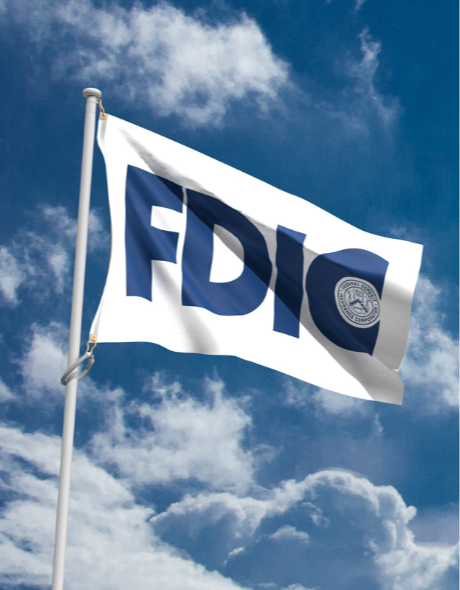Changes have come to effect to Federal Deposit Insurance Corporation (FDIC) coverage. The FDIC adopted a new rule on April 1, 2024, to simplify insurance coverage for beneficiaries, more specifically for formal or informal trust accounts.
What does the new trust account rule do?
The change combines revocable and irrevocable trusts into one ownership category. Under this new trust account category, each trust owner will be insured up to $250,000 per eligible primary (not contingent) beneficiary – any living person or IRS-recognized charity or non-profit — up to a maximum of five beneficiaries. They will be covered whether a trust is revocable or irrevocable, regardless of contingencies or allocation of funds among the beneficiaries. This will provide a maximum amount of deposit insurance of up to $1.25 million per owner, per insured depository institution for trust deposits.
Revocable Vs. Irrevocable Trust Accounts
Revocable trust accounts are testamentary deposit accounts owned by one or more people who designate the account to pass to one or more named beneficiaries upon the death of the account owner(s). As the trust is revocable, the trust grantor can add, change, or remove the beneficiaries at any time. Irrevocable trust accounts are created by a written trust agreement or statute, and the owner contributes deposits or other property to the trust but gives up all power to cancel or change the trust.
Now that both will fall under the new trust account category, the updated rule will allow for more timely deposit insurance decisions for trust accounts if a bank fails. This will streamline the review process of trust agreements required in today’s current trust rules.
How could the new rule affect me?
According to the FDIC, most depositors will not be directly impacted by the trust account insurance rule. Trust accounts will still be able to designate as many beneficiaries as possible to a trust, but, only up to a maximum of five beneficiaries ($250,000 per beneficiary) will be insured. Here are scenarios that demonstrate how the new coverage rules may increase or decrease due to the new rule.
Coverage May Decrease
For example, a single depositor is currently insured for more than $1.25 million for a revocable trust with 6 beneficiaries at one bank. Under the new trust rule, the revocable trust will be insured up to $1.25 million at one bank — $250,0000 x 5 of the 6 beneficiaries.
Another scenario is a married couple who are co-grantors (depositors) and are currently insured for more than $2.5 million for a revocable trust with 8 beneficiaries at one bank. Under the new trust rule, they will only be insured up to $2.5 million at one bank — $250,0000 x 5 of the 8 beneficiaries for each co-grantor.
Coverage May Increase
Currently, if an owner of an irrevocable trust has more than one beneficiary, insurance coverage is limited to $250,000 per bank. Under the new trust rule, an irrevocable trust will be calculated the same as revocable trusts, a maximum of five beneficiaries will be insured up to $1.25 million at one bank.
FAQs
Why is the FDIC updating revocable and irrevocable trust rules?
The goal is to simplify and reduce the number of insurance rules for trust accounts. It aims to eliminate confusion from the current complicated rules and utilizes the same insurance calculations for both revocable and irrevocable trusts.
When will the new rule go into effect?
The new rule takes effect April 1, 2024, and it was originally adopted by the FDIC on January 21, 2022
Disclaimer: This is not intended as tax or legal advice. Please consult your tax advisor or financial planner to understand how these topics may affect your individual financial situation.




